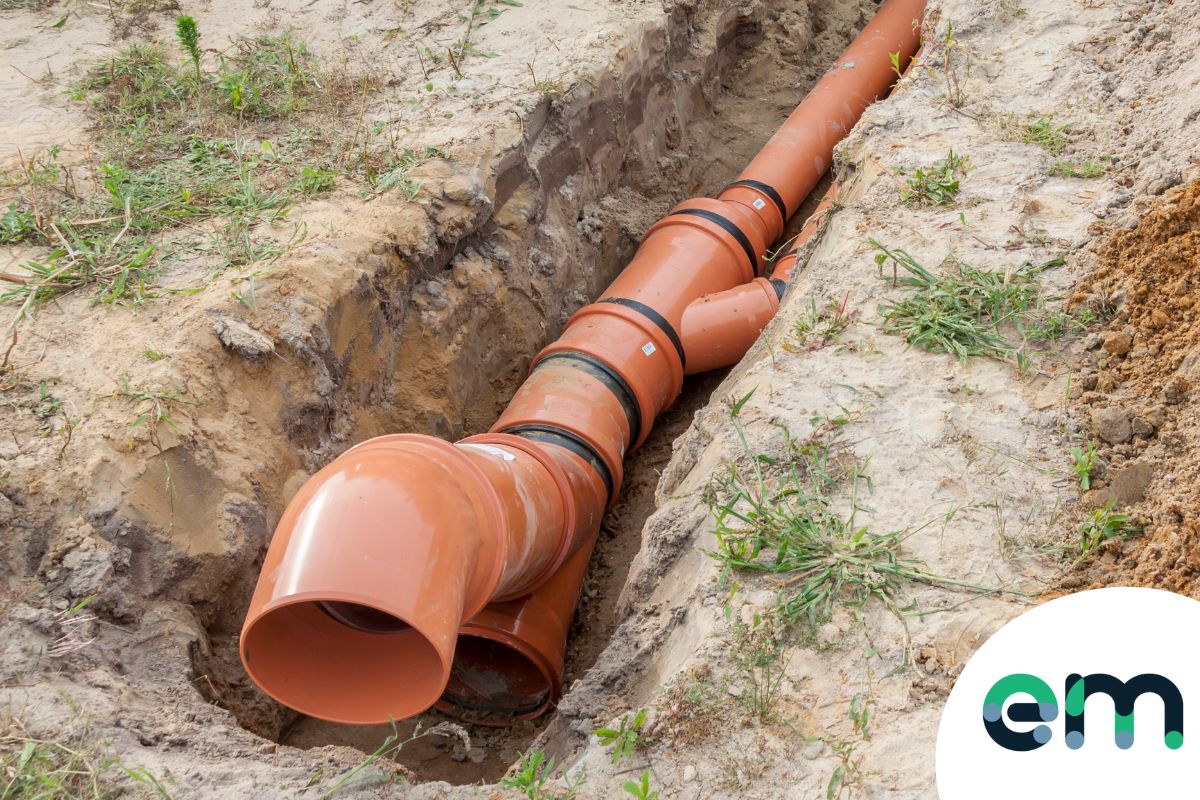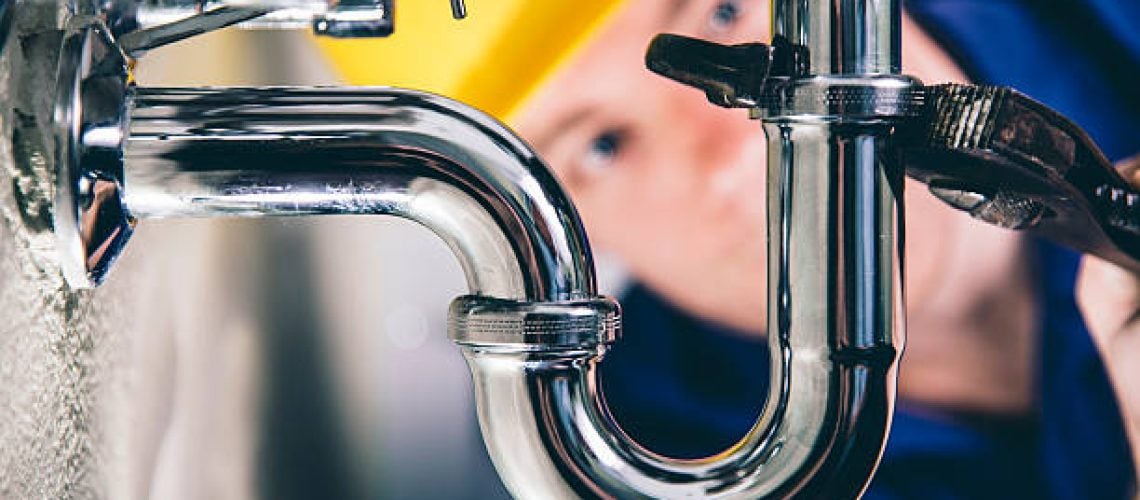Acquiring Acquainted with Home Plumbing Basics: A Beginner's Handbook
Acquiring Acquainted with Home Plumbing Basics: A Beginner's Handbook
Blog Article
Everyone seems to have their unique way of thinking when it comes to How Does the Plumbing Work in Your Home?.

Plumbing is a crucial facet of any home, in charge of providing clean water for drinking, cooking, and showering, in addition to getting rid of wastewater securely. Comprehending the essentials of home plumbing is necessary for every homeowner to ensure appropriate upkeep, troubleshooting, and, if necessary, repair services. In this newbie's guide, we'll cover the basic principles of home plumbing to help you end up being more aware of just how it works.
Water Heating System
The water heating system is in charge of home heating water for domestic use, including bathing, food preparation, and cleansing. Usual kinds of water heaters include tank-type hot water heater, tankless (on-demand) hot water heater, and heatpump water heaters. The water heater is linked to the water system and delivers hot water to plumbing components as required.
Drainage System
The water drainage system gets rid of wastewater from your home and brings it away to a sewage treatment facility or septic system. It contains a network of pipelines, installations, and components that transport wastewater from plumbing fixtures to the major drain line or septic system. Correct water drainage is necessary to avoid clogs, back-ups, and sewer leakages.
Air flow System
The ventilation system aids maintain appropriate air pressure and stop drain gases from entering your home. Vent pipelines, additionally called vent stacks, prolong from plumbing components to the roof, enabling sewer gases to leave securely outdoors. Ventilation pipes also permit air to get in the drainage system, helping with smooth wastewater flow and avoiding suction or vacuum cleaner results.
Water Supply System
The water system brings clean water right into your home from a local water resource or an exclusive well. It contains a primary water line that connects to your home's plumbing system, normally situated underground. A water meter gauges the quantity of water eaten, while a shut-off shutoff enables you to manage the circulation of water right into your home.
Plumbing Components
Plumbing fixtures are devices that provide water to numerous parts of your home and consist of sinks, faucets, toilets, showers, bathtubs, and devices such as dishwashers and washing devices. Each fixture is connected to the supply of water system through pipes and fittings and may have its shut-off shutoff for maintenance or emergencies.
Typical Plumbing Devices
Having the right devices on hand is necessary for carrying out basic plumbing repair services and upkeep tasks. Typical plumbing devices consist of flexible wrenches, pipe wrenches, pliers, pipeline cutters, hacksaws, plungers, augers (or drainpipe serpents), and Teflon tape. Having these devices readily available can assist you take on minor plumbing problems successfully.
Standard Plumbing Repair Work
While some plumbing repair work might call for specialist support, lots of usual issues can be addressed with standard DIY strategies. Discovering how to fix a leaking tap, unblock a drainpipe, replace a commode flapper, or fix a leaking showerhead can conserve you money and time on plumbing fixings.
Verdict
Understanding the fundamentals of home plumbing is important for every single house owner to preserve a risk-free, practical, and reliable plumbing system. By familiarizing on your own with the supply of water system, plumbing components, drainage system, air flow system, typical plumbing devices, and basic fixings, you can confidently address small plumbing concerns and guarantee your home's plumbing system operates efficiently.
Plumbing for Beginners: A Comprehensive Guide
If you’re a beginner when it comes to plumbing, don’t worry; you’re not alone. Plumbing may seem intimidating, but with the right knowledge and a little practice, you can handle many common plumbing issues on your own. In this comprehensive guide, we will demystify the world of plumbing for beginners, providing you with the basic knowledge and skills needed to tackle common plumbing problems and even take on some DIY plumbing projects.
The Importance of Basic Plumbing Knowledge for Beginners:
First and foremost, basic plumbing knowledge gives you a solid foundation. It helps you grasp the key concepts and terminology that are essential in this field. By learning the basics, you’ll be able to build upon that knowledge and tackle more complex plumbing tasks in the future.
Having a basic understanding of plumbing also enables you to handle common issues that may arise in your home. Picture this: a leaky faucet or a clogged drain. With some basic plumbing knowledge, you’ll have the confidence to troubleshoot and fix these problems on your own. It saves you from unnecessary expenses and the hassle of waiting for a professional to arrive.
As a beginner, learning the basics of plumbing empowers you to take care of your own home. It gives you a sense of independence and self-reliance. You’ll no longer have to rely solely on professionals for every small issue that pops up. Instead, you can handle many tasks yourself, saving time and money in the process.
Remember, everyone starts as a beginner. Embrace the learning process and take small steps to expand your plumbing knowledge. There are plenty of online resources, tutorials, and even local workshops that talk about plumbing for beginners.
Essential Tools for Plumbing for Beginners
As you start your plumbing journey, having the right tools in your toolbox is crucial. Let’s explore some of the must-have tools:
Adjustable Wrench:
This versatile tool is a staple in any plumber’s toolbox. It allows you to tighten or loosen nuts and bolts of various sizes. Make sure to have an adjustable wrench with a comfortable grip.
Pipe Wrench:
A pipe wrench is specifically designed for gripping and turning pipes. It has serrated jaws that provide a strong grip, making it easier to loosen or tighten threaded pipes and fittings.
Plunger:
The plunger is a simple yet effective tool for clearing clogged drains and toilets. It creates suction when you push and pull, helping to dislodge blockages. Keep a good-quality plunger handy for those unexpected clogs.
Pipe Cutter:
When it comes to cutting pipes, a pipe cutter is your go-to tool. It creates clean, precise cuts without damaging the pipe. Look for a pipe cutter that can handle the pipe sizes you’re working with.
Hacksaw:
A hacksaw is useful for cutting through pipes, screws, and other materials. It’s a versatile tool that can handle different cutting tasks. Remember to use a blade suitable for cutting metal.
Tape Measure:
Accurate measurements are crucial in plumbing. A tape measure allows you to measure pipe lengths, distances, and dimensions accurately. Opt for a sturdy tape measure that extends a good length.
Pliers:
Pliers come in handy for various tasks, such as gripping, bending, and cutting. Slip-joint pliers with adjustable jaws are great for gripping pipes, nuts, and bolts.

As a serious reader on Plumbing Basics For Every Home: The HomeTriangle Guide, I imagined sharing that blog post was mandatory. Enjoyed reading our write up? Please quickly share it. Help someone else locate it. Thanks so much for your time spent reading it.
Call Report this page